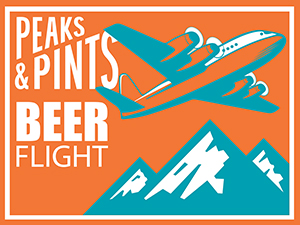 Beer holds a significant place in society, transcending mere refreshment. It has deep cultural, social, and historical roots have shaped communities and traditions worldwide. For more than 1000 years, beer has been associated as a symbol of social bonding, celebration, relaxation, or rebellion, depending on the context and perspective. It is considered one of the defining drinks in history, with the first known beer dating back to almost the 5th millennium BC, making beer one of the oldest drinks in the world. The brewing process as we know it was perfected by monks in Western Europe, taking up the Germanic process of soaking malted barley in heated water to make wort and boiling it while adding flavoring. Monasteries built the first large-scale breweries in Europe, created and fine-tuned brewing equipment, and pioneered hops as the main additive to beer, finding it useful not only for its bitter taste but also as a preservative. Beer reflects the traditions, values, and customs of the people, becoming an integral part of their identity. For our Wednesday beer flight, Peaks & Pints presents five beers with a strong beer culture deeply rooted in their history. Welcome to Peaks and Pints Beer Culture Flight.
Beer holds a significant place in society, transcending mere refreshment. It has deep cultural, social, and historical roots have shaped communities and traditions worldwide. For more than 1000 years, beer has been associated as a symbol of social bonding, celebration, relaxation, or rebellion, depending on the context and perspective. It is considered one of the defining drinks in history, with the first known beer dating back to almost the 5th millennium BC, making beer one of the oldest drinks in the world. The brewing process as we know it was perfected by monks in Western Europe, taking up the Germanic process of soaking malted barley in heated water to make wort and boiling it while adding flavoring. Monasteries built the first large-scale breweries in Europe, created and fine-tuned brewing equipment, and pioneered hops as the main additive to beer, finding it useful not only for its bitter taste but also as a preservative. Beer reflects the traditions, values, and customs of the people, becoming an integral part of their identity. For our Wednesday beer flight, Peaks & Pints presents five beers with a strong beer culture deeply rooted in their history. Welcome to Peaks and Pints Beer Culture Flight.
Peaks and Pints Beer Culture Flight
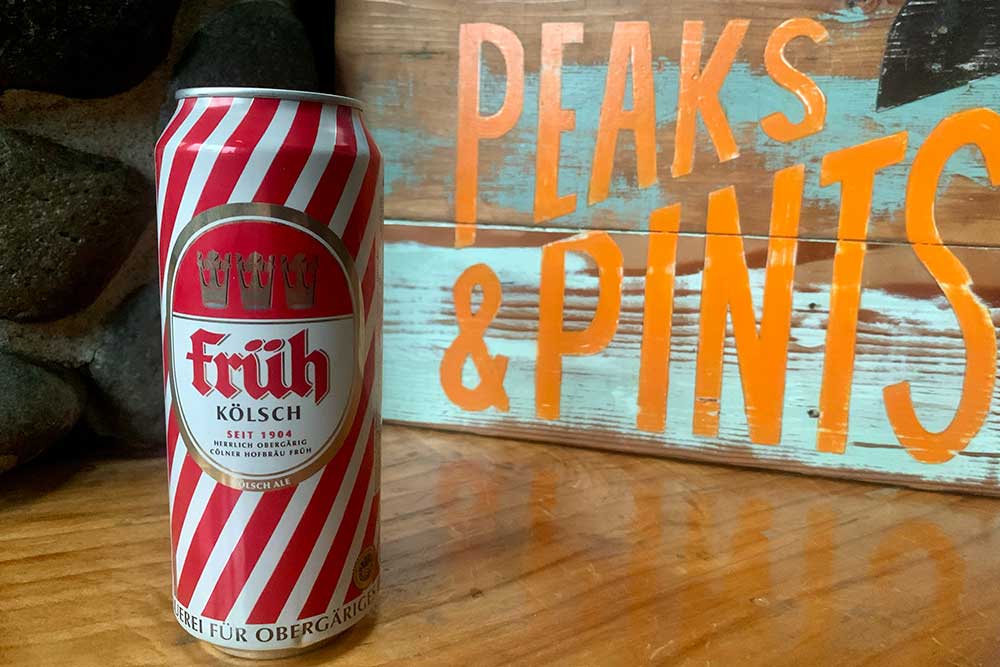 Früh Kölsch
Früh Kölsch
4.8% ABV
Kölsch is not only a beer in Cologne. It also refers to the entire local culture, including the dialect, the humor, and the people. There is a saying in Cologne that says “Kölsch is the only culture that you can drink.” As such, there are a lot of traditions and rituals involved in drinking Kölsch and visiting a Kölsch brewery. Kölsch is traditionally served in a tall, thin, cylindrical 20-cL glass called a Stange. The beer is poured and placed in a Kranz, a circular tray designed to fit and carry several Strangen for easy transport. Instead of walking up to order a refill, servers, or Köbes, immediately replace an empty Stange with a full one, marking a tick on the coaster under the Stange. In the city famed for the style, Früh is considered one of the key players, and their brewer-run bars are some of the most atmospheric places to soak up the region’s drinking culture. In 1895, Peter Josef Früh, who came from a family of brewers in Brühl, founded Aposteln-Bräu at Apostelnstraße 19. Four years later, Peter Josef Früh sold the thriving brewery to Heinrich Bädorf and retired – at least officially until 1904 when he established his new brewery for top-fermented beer in the building of the former “Central Theater” or Schützenliesel restaurant, Am Hof 12 – and laid the first cornerstone for today’s Cölner Hofbräu Früh. Früh Kölsch pours a crystal-clear golden color with a frothy white head that settles nicely. Expect dry malts and bakery bread aromas on the nose, followed by a malty flavor with doughy bread notes and hints of honey.
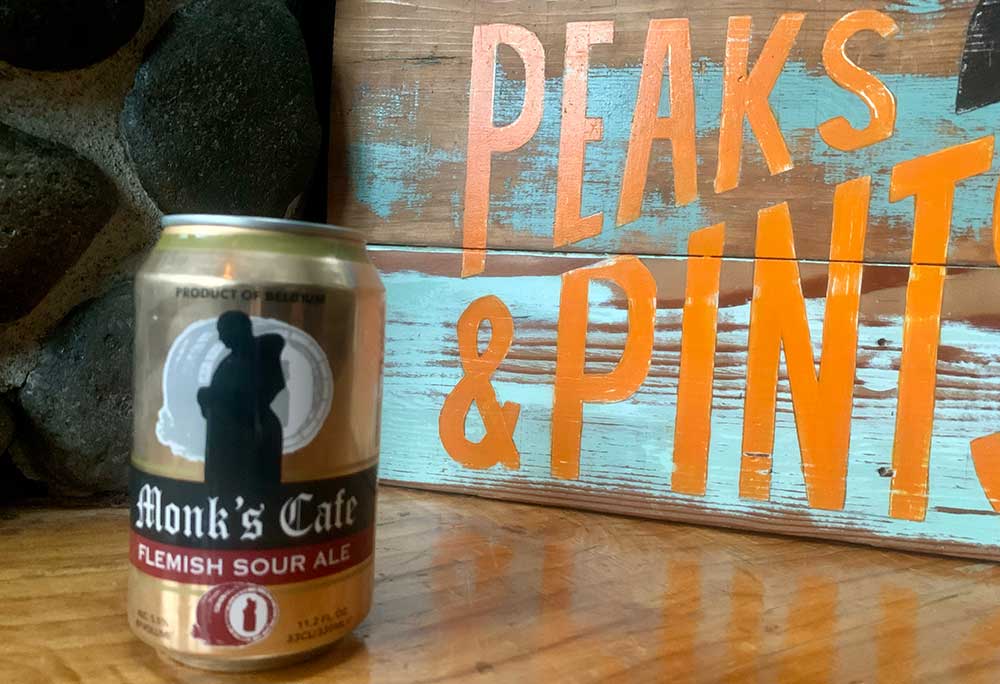 Van Steenberge Monk’s Cafe Grand Cru
Van Steenberge Monk’s Cafe Grand Cru
5.5% ABV
Van Steenberge is the last surviving brewery in the Meetjesland region of Belgium, a once traditional hot spot for the beverage made at local Augustine monasteries in the past. Van Steenberge is a Belgian brewery in East Flemish Village of East Flanders, Belgium. The brewery started out in 1784 after it was founded by Jean Baptiste De Bruin. The brewery is a family brewery since its ownership and management have been passed on to several family generations after Jean Baptiste De Bruin’s death. Many beer connoisseurs who claim to have cut their teeth on Belgian beer often mention Van Steenberge’s Piraat and Gulden Draak in the same breath. As if that reputation is not enough their Flemish Red-Brown Ale, Monks Cafe (a recipe that dates to their founding in the late 18th century), was one of the first widely accepted sour beers in the United States. Monk’s Cafe Flemish Sour Ale dates to 2002. Tom Peters, owner of the famous Philadelphia beer bar by the same name, prompted this beer’s existence stateside. Peters convinced Van Steenberge to bottle their BIOS – Vlaamse Bourgogne, an oak-aged sour brown ale and one of the oldest recipes in the brewery’s 300-year-plus history, as a private label. Since then, the desire for Monk’s Cafe has grown beyond the walls of the Philadelphia establishment to national distribution through beer importers, Global Beer Network. This Flanders oud bruin is a blend of 3-year-old aged and freshly brewed triple ales. This blend is then aged for 6 months in oak casks. It is here that Monk’s Cafe Grand Cru acquires its unique sour profile. Just before bottling, a high-fermented lager is blended in to reach an approachable 5.5% ABV. Expect mild aromas of dates, apples, and cinnamon, followed by big bright flavors of rich malts, fruitiness, cooked dark sweet cherry, baked apples turnover cake, rye, and spice with bright acidity, but low sourness and tang.
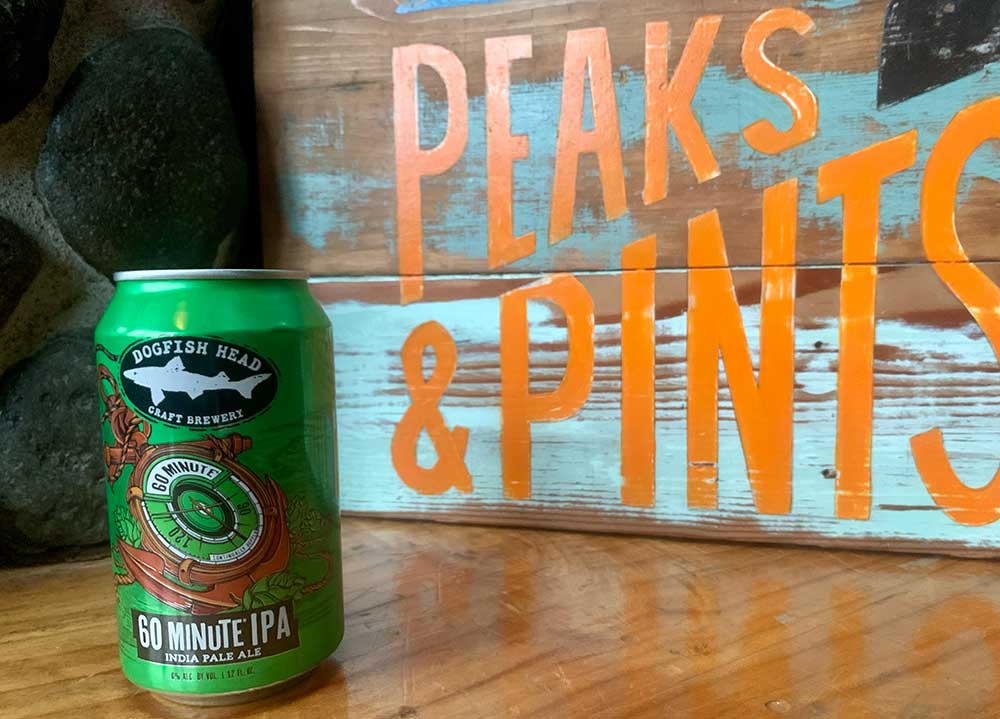 Dogfish Head 60 Minute IPA
Dogfish Head 60 Minute IPA
6% ABV
Sam Calagione started making beer in 1995 when he opened Dogfish Head Brewings & Eats in the beach community of Rehoboth Beach, Delaware. Calagione is the founding father of beer in Delaware as operating a commercial brewery in the state was illegal until he convinced the local government to update the ancient Prohibition-era laws and let him open Dogfish Head Craft Brewed Ales. Within a few successful years, the company activated a major expansion, switching from making very small, homebrew-style batches to industrial-sized sessions in a sizeable brew house. Dogfish Head expanded and moved to a 100,000-square-foot facility in nearby Milton, Delaware in 2002. They’re one of the largest craft brewers in America but there may be no brewery today that exhibits such a dedication to experimentation and boundary-pushing. The brewery’s 60 Minute IPA, the brand’s flagship, is continuously hopped with more than 60 hop additions over the entire boil to create a powerful yet balanced East Coast blend with a ton of citrusy hop character. Inspired by a cooking segment he saw in the late ’90s where a chef added little increments of pepper over an extended period to enhance flavor, Calagione turned to a vibrating magnetic football game to create a system that would continuously add hop pellets during the entire time a beer boiled. The 60 minutes of continuous “A Northwest Hop” contributes to the sweet aroma of apricot and pear — like a Riesling. The beer doesn’t taste as sweet as it smells and instead, we get notes of pungent grapefruit pith with a slight bitterness.
 Alaskan Smoked Porter
Alaskan Smoked Porter
6.5% ABV
While Alaska is not likely to be one of the first places that comes to mind for craft beer, Alaskan Brewing Company has helped put the state on the map for enthusiasts as one of the biggest craft beer producers in the country. Alaskan Brewing Co. is in the state’s remote capital, Juneau. Surrounded by the Gulf of Alaska and home to vast areas of wilderness and wildlife, Juneau isn’t an obvious spot for a brewery, but when Marcy and Geoff Larson moved to Alaska from the contiguous U.S. and decided to make a living by making beer, Juneau was where they wanted to be. When the couple opened the brewery’s doors to the public in 1986, it marked the first time a brewery had been established there since Prohibition. Before the brewery launched, co-founder Marcy did her background research on the history of Alaskan brewing. As she sifted through old brewing documents, she came across records for Douglas City Brewing Co., an Alaskan brewery that operated from 1899 to 1907. She was fascinated by one brewer’s method of fermenting beer in gold mine shafts to create an amber ale. Her husband, a homebrewer, set out to revamp the recipe by using similar techniques to those described in the old documents (sans gold mine shaft this time), and Alaskan Amber was born. From label design to the brews themselves, Alaskan Brewing expresses pride in its home state and heritage. The brewery operates around the central goal of having a zero net negative environmental effect using a carbon dioxide reclamation system. A repeated Gold Medal winner at the Great American Beer Fest, their Smoked Porter is two years older than the brewery’s launch. A testament to the beer’s lifespan, Alaskan releases Smoked Porter in limited yearly vintages, each with their own unique identity. Relying on techniques derived from Alaskans who brewed more than a century ago, Alaskan uses direct heat from local alder wood to malt its barley — a process also recognizable to those who love smoked salmon. And the water for the beer comes from a nearby glacier. A robust woodsmoke aroma backs up the beer’s name even from a distance. Smoked Porter’s flavor follows suit on the smokiness, though less intensely than the smell. Roasted malts, molasses, plums, and puckering charcoal all swim up from this complex brew.
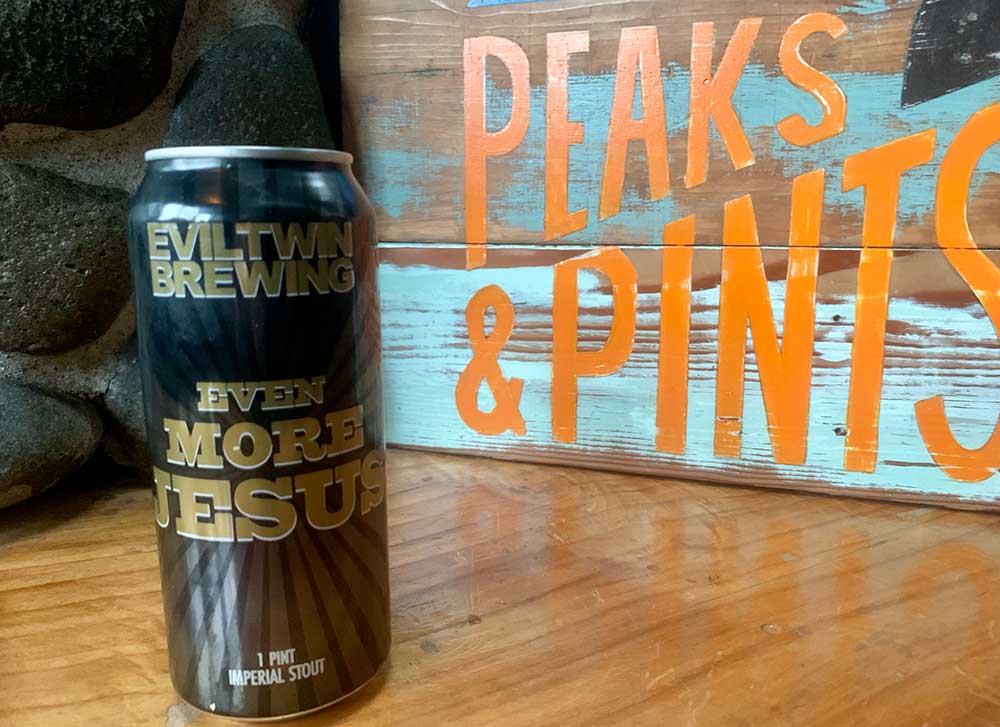 Evil Twin Even More Jesus
Evil Twin Even More Jesus
12% ABV
Jeppe Jarnit-Bjergsø, the founder and man behind Evil Twin Brewing, was a physics and English teacher in his native Denmark before starting Copenhagen’s Ølbutikken, a highly regarded beer store. He’s also an evil twin himself. His brother, Mikkel Borg Bergsø, brews under the Mikkeller label. Jarnit-Bjergsø, however, has done his best to outshine the good twin. Ambition moved Jarnit-Bjergsø to start a European importer/distributor, Drikkeriget, and ultimately Evil Twin Brewing, for which he is probably best known. Using the “contract brewing” model employed by more brewers than you think (but later romanticized as gypsy brewing) Evil Twin recipes were brewed at various breweries all over the globe. With most of the global demand lying Stateside, Jarnit-Bjergsø moved to Brooklyn with his family in 2012 and eventually opened Tørst and Luksus. In 2016, he – along with his wife and business partner, Maria – opened the doors to their very first permanent brewery and taproom – Evil Twin Brewing New York City – in Ridgewood, Queens. With a place to finally call “home,” the pair expanded upon Evil Twin’s traditions of innovation through thoughtful experimentation and collaboration. The big daddy of hipster cool beer, Evil Twin now has it all: snazzy package art, amusing beer names, daring flavor pairings, and a cult following. The name Even More Jesus came about when Jarnit-Bjergsø was discussing something about prices with a business partner, and they were sending emails back and forth, and one of the prices was high, and Jarnit-Bjergsø wrote, “Jesus, this is expensive.” And then he quoted another price, which was even more expensive, and wrote, “even more Jesus.” And the business partner’s reply was, “I don’t care how expensive it is, the next beer you make has to be called Even More Jesus.” The imperial stout is sweet up front with burnt sugar, brownie, fudge, and chocolate cake frosting. The body is insanely dense with an oily, palate-coating effect. The mid-palate is nicely bitter with dark chocolate, but caramel and molasses stick around.
LINK: Peaks & Pints beer and cider cooler inventory
